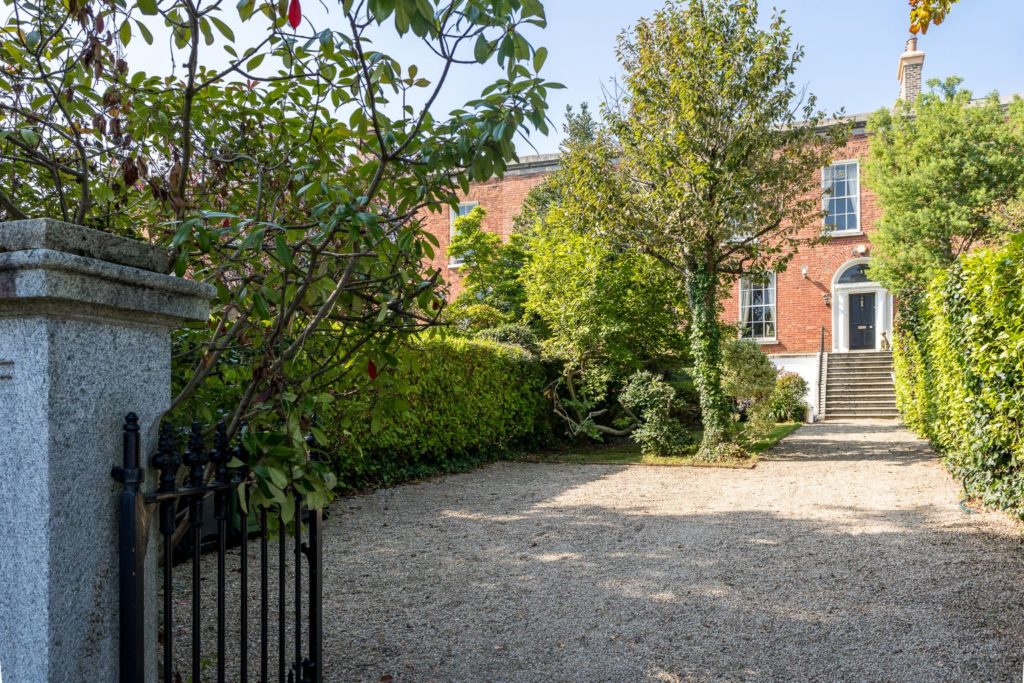The unprecedented increase in interest rates over the last 18 months has caused property prices to fall in many developed countries with sharp corrections recorded in Australia, Canada, the United States and Sweden. Many of these countries saw a bubble in property prices during the pandemic. For example, in New Zealand property prices increased in some regions by 50% in 2020 and 2021. In the last 18 months prices in New Zealand have fallen 18% with affordability and demand impacted significantly by higher borrowing costs.
Despite the increase in interest rates in the euro zone, the war in Ukraine and the cost-of-living crisis, the prime Dublin residential property market has continued to perform very strongly from a seller’s perspective, though the rate of annual inflation has cooled significantly. In our key markets, property values were up 3% this year. In quarter three, our average selling prices were 5.6% above asking prices, just higher than the 5.4% we recorded in quarter two. 64% of our listings were agreed above asking prices (last year this figure was above 80%), 27% agreed at asking and 9% below asking. This might be surprising to some given recent media coverage on reports by the CSO stating that Dublin property prices have fallen for three straight months up to July 2023. The CSO data is based on property sales agreed at the end of 2022 that closed months later in 2023. There was a correction in Dublin property prices last autumn due to higher interest rates first starting to have an impact on affordability, an increase in the supply of properties coming onto the market compared to the first half of 2022 and a slowdown in the technology sector with job losses. I would expect the CSO data to confirm what my peers and I have seen on the ground towards the end of this year.
The main factor underpinning prices in Dublin was the lack of supply of properties for sale.
According to MyHome.ie, there were 13,400 available properties for sale on their portal in Q3 2023 – well below the pre-pandemic figure of 20,000 plus for the same period in 2019. This equates to just 0.6% of the 2.1 million total homes in Ireland. In Dublin, in September 2022, there were 1,850 properties for sale on MyHome.ie. In September 2023, just 1,418 were for sale, a reduction of 23%.
Quite simply, the supply of properties for sale has not met demand, especially on houses that are in turn-key condition and ready to move into. Demand remained robust. The Irish economy has performed well and is now at full employment. A lot of wealth was created in the last ten years. Over 40% of our buyers required no mortgage funding so the increase in interest rates has not affected all buyers. Many buyers were looking to buy the same type of house in the same neighbourhoods. Many ex-pats living in Dublin for several years, initially renting in the city centre, have now started to buy. One in three of our buyers this year were not born in Ireland, an amazing example of how cosmopolitan Dublin now is.
This continued lack of supply has really frustrated many buyers, who at this stage might have expected a buyer’s market. However, not all properties were selling well. As always, different price tiers, property types and locations have performed very differently. Houses in turn-key condition and close to amenities continued to be in high demand and have sold well, once priced accurately.
Rent controlled apartments, properties with low BER ratings and houses requiring significant refurbishment were much more challenging to sell. Demand was strongest up to €500,000, where first time buyers were most active, with average selling prices 6.9% above asking and fast selling times at 5 weeks in Q3. Demand was also different for houses compared to apartments. Houses sold 14% higher per sq. ft. and average selling prices were 9.6% above asking compared to 3.7% above asking on apartment sales.
In the short term, it is hard to see the supply of properties for sale increasing significantly. As stated above, demand is very strong. There has been a welcome cooling in price inflation in the last 12 months. What happens to property prices next year is too difficult to predict at this time.




